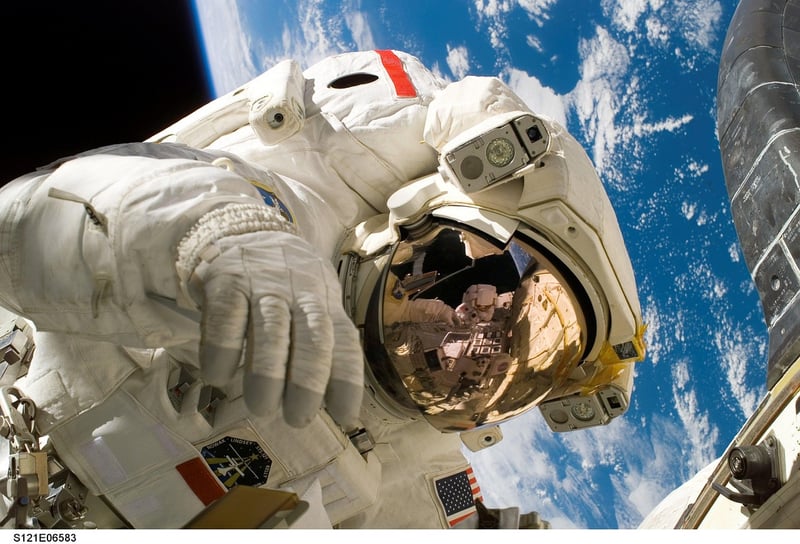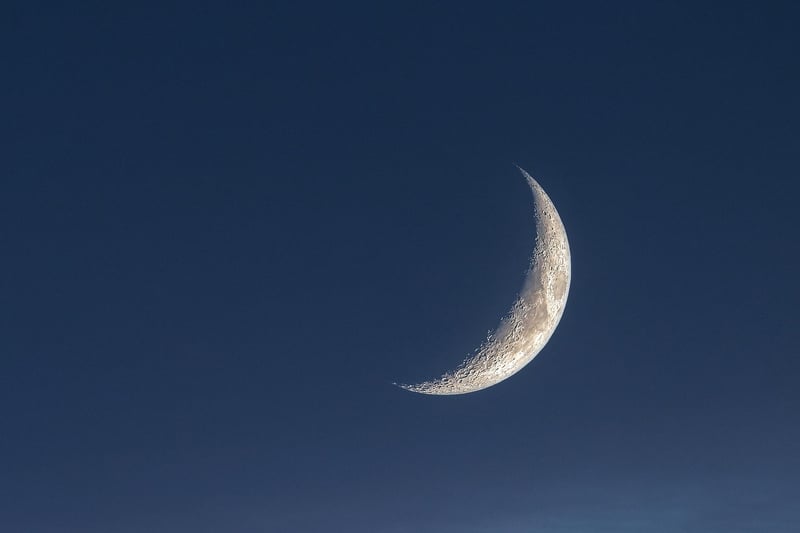Astronaut Gear
The Future of Space Exploration: Cutting-Edge Tools and Astronaut Gear
Space exploration continues to push the boundaries of human achievement, with scientists and engineers developing cutting-edge tools and astronaut gear to support missions beyond Earth's atmosphere. From advanced robotics to high-tech spacesuits, these innovations are essential for the success of future space endeavors.
1. Robotic Assistants
Robotic assistants play a crucial role in space exploration, performing tasks too dangerous or repetitive for humans. These robots are equipped with advanced sensors and artificial intelligence, allowing them to navigate challenging environments and assist astronauts with various tasks.
Image source: Link

2. High-Tech Spacesuits
Spacesuits have come a long way since the early days of space exploration. Modern spacesuits are designed to protect astronauts from the harsh conditions of space while providing mobility and life support systems. These suits incorporate advanced materials and technologies to ensure the safety and comfort of the wearer.
Image source: Link

3. Exoplanet Exploration Tools
Scientists are developing innovative tools to explore exoplanets, planets outside our solar system. These tools include powerful telescopes, spectrographs, and imaging devices that enable researchers to study the atmospheres and surfaces of distant worlds. The data collected from these tools is essential for understanding the potential habitability of exoplanets.
Image source: Link

4. Lunar Rovers
Lunar rovers are robotic vehicles designed to explore the surface of the Moon. These rovers are equipped with cameras, scientific instruments, and mobility systems that allow them to traverse the lunar terrain and collect valuable data. Future missions aim to deploy more advanced rovers to explore new regions of the Moon.
Image source: Link

As space exploration continues to evolve, the development of cutting-edge tools and astronaut gear will play a crucial role in expanding our knowledge of the universe and paving the way for future missions to Mars, asteroids, and beyond.
